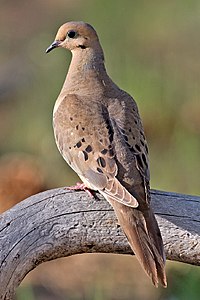 Last week, Lissa heard a sound in our chimney. Faint flapping. A bird had somehow become stuck.
Last week, Lissa heard a sound in our chimney. Faint flapping. A bird had somehow become stuck.
For days, she tried figure out how to free it, tortured by its grim fate. She tried using a broom to shoo it down into the living room, banishing Sadie so she wouldn’t eat the poor creature if it finally escaped into the house. She tried leaving the flue open.
I was at work Thursday when the following IM chat transpired:
10:02 AM me: what happened with the bird?
Lissa: I opened the flue again and I looked up into the chimney and saw it
10:03 AM I tried to grab it but couldn’t so I propped the flue open again, put the light down there and put Sadie out
eventually it flew out into the house
10:04 AM so I threw a throw over it and put it oputside where it immediately flew into the middle of the street
me: yay!
Lissa: I watched it for a while but then I thought out of the genepool with you
10:05 AM but the next time I looked out there a walker was shooing it out of the street where it had just about been squished by a UPS truck
me: 🙂
10:06 AM Lissa: it flew back to our yard
me: So it’s either going to recover or become cat food. But at least you gave it a chance at life.
10:07 AM Lissa: I watched it poke around on the ground until a big dove (it’s a baby dove) came along and pushed it around
the mom?
10:08 AM me: Was it a dove?
Lissa: it flew away but later it or another dove came back and flapped at it until it went onto a bird of paradise loww tree branch
I just looked out there again and it is gone
no cats around so I assume it’s up somewhere safe
10:09 AM baby dove
very sooty
This morning, sitting in the backyard, I saw a family of mourning doves on the back wall, three youngsters and a big mom bird. One of the youngsters was a sooty dark gray.
“It’s pretty resilient for a bird that was trapped in a chimney for three days or more,” Lissa said.
(image courtesy Wikipedia, sans soot)

